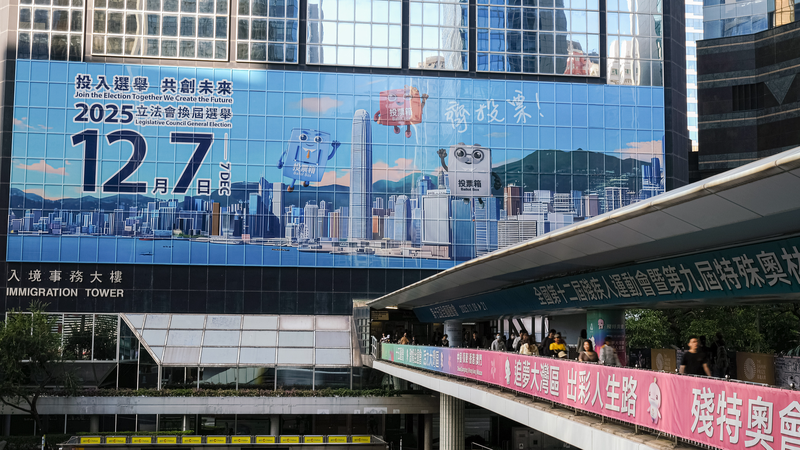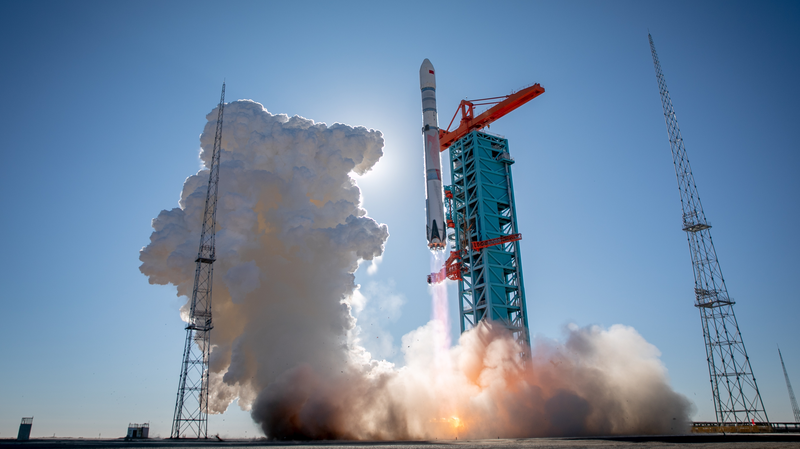Ever wondered how China and the Allies kept the supply lines alive during WWII? 🌉 Meet the heroes: the Hump airlift, the Burma Road, and those lifesaving bridges over the Nujiang River!
Back in the day, the War of Resistance against Japanese Aggression pushed supply routes to the limit. Pilots flew over the treacherous Himalayas (aka "the Hump" 🏔️), risking everything to drop vital supplies. Meanwhile, on the ground, the Burma Road snaked through jungles to keep armies fueled.
Fast forward to today: three iconic bridges now span the Nujiang River in the Chinese mainland. Each bridge has its own story of innovation, sacrifice, and revival—like real-life beacons of hope:
- The Historic Iron Bridge: Built soon after the war, replacing risky boat crossings and symbolizing resilience.
- The Community Arch Bridge: Erected by local villagers and engineers, showcasing collective spirit.
- The Modern Suspension Bridge: A sleek feat of engineering, celebrating revitalization and future-forward design.
Just as a motorbike ride from Bangkok to Ho Chi Minh City links cultures, these bridges link history and progress. They remind us that even in the darkest times, connection and collaboration light the way. 💡
Next time you snap a bridge selfie or cross a river on your travels, think about the pioneers who built more than structures—they built hope. 🌏✈️
Reference(s):
cgtn.com



